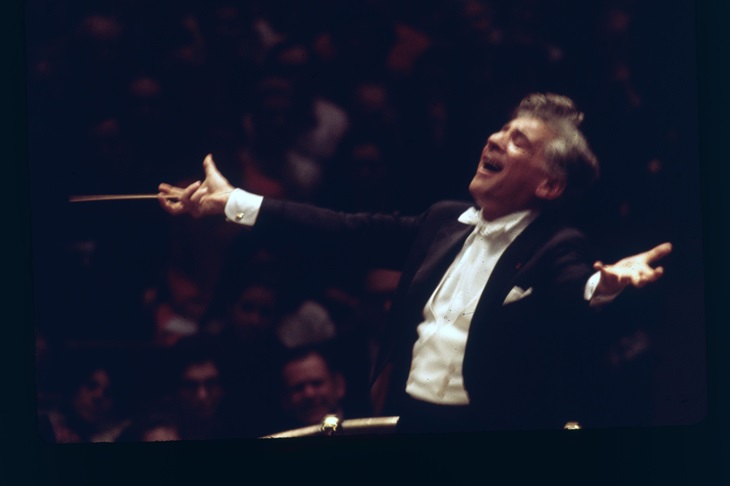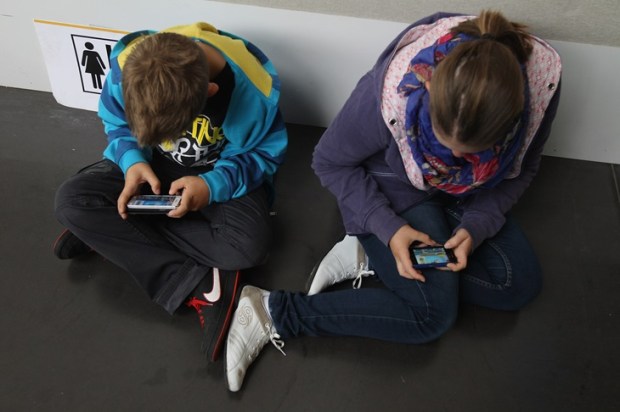Amongst the huge volume of online viewing options that dominate our televisions these days, occasionally there are gems that speak to the higher side of the human character.
In this respect, there are two movies I’ve watched during the Christmas break that totally pulled me in. Both movies are deeply revealing of the human experience and evoke strong emotional responses.
But beyond the emotion and on a more practical level, they are about how individuality blends with the ‘collective’ to achieve the heights of human achievement.
I viewed both on Netflix on one of those ‘binge’ all-day movie ‘wipe-outs’. You know the sort of day! Draw the curtains. Comfy couch. Glass of wine (red in my case), or other drink that suits your mood.
The first movie is Maestro, the story of the musical genius Leonard Bernstein, probably best known for his composition of West Side Story, but much more besides. Bernstein near-dominated the classical and popular musical culture of America during and after the second world war period. The movie’s promos refer to him as a ‘cultural icon’.
The second is American Symphony, a documentary that follows the events of another musical genius, Jon Batiste, the guy who swept the Grammy Awards in 2022, cementing his standing as a ‘popular’ musical icon. Yet at the same time, he was composing an original modern classical piece for a full orchestra titled American Symphony. The documentary follows his personal journey.
Both stories are decidedly parallel in so many respects, but also different.
Bernstein was white, Jewish, and actively gay both before, during, and after his long marriage at a time when being gay had to be kept secret. His wife, Felicia Cohn Bernstein, with whom he had three children, accepted him for who he was, but his frequent infidelities with male lovers, of which she was well aware, resulted in an understandably, intense and complex relationship. This did not diminish Bernstein’s clear love for his wife, reflected in his complete devotion to her during her battle with cancer and resultant death from the disease.
Batiste, African-American (but without the complexity of being gay while also married), is devoted to his wife, Suleika Jaouad, who through the entire story is also engaged in a hard-fought battle with cancer. The fact that she is white and he is black does not enter the equation in this uplifting portrayal of modern America. It’s a story of two highly creative achievers, deeply attached and sharing the battle against an enemy, cancer.
Both movies tell stories of unconditional love in the couples’ relationships. Bernstein’s love for his wife was highly complex. Batiste’s love for Jaquad is certainly more ‘normal’ and stable. Both love stories are immensely, emotionally moving experiences to view.
The love stories are integral, arguably central, to each movie. Both wives are highly successful in their respective creative careers. They are not ‘hanger-ons’ in the respective relationships. They are strong, creative women certain of their own selves.
But each story is also a deep-dive study into the creative process. The movies compel us to ask: what makes humans shine? What is there in the human DNA that causes us to dig so deep into the well of the human spirit to find expression of that spirit, in these cases through music?
And I ask the question: what do these two studies in creativity tell us about how humans organise collectively to bring creativity to life?
Maestro recreates interviews that (we can suppose) are lifted directly from recorded originals of Bernstein himself. Bernstein explains in one: ‘… if nothing sings in you, then you can’t make music.’ In his movie’s promo clip, Batiste muses: ‘… music comes from life experiences.’ That is, that creativity comes from deep within the core of the human spirit intermixed with what happens to us.
But how does this come about?
In one recreated interview Bernstein is asked about the difference between being a composer and a conductor.
He responds that as a composer the ‘creative person sits alone … writes all by himself and communicates with the world in a very private way and lives a rather grand inner life rather than a grand outer life’. As a conductor, Bernstein reflects that ‘any performer … leads a kind of public life, an extrovert life if you will’.
Certainly, if you want to witness the extrovert Bernstein, watch this clip (3 min) of him conducting Mahler’s Symphony No. 2 Resurrection at Ely Cathedral England. The recreation of this in Maestro is a high point in the movie.
And then, likewise, Batiste puts his full extrovert self on full display in his 2022 Grammy stage performance of his song ‘Freedom’. Have a look!
But then what of the creative process? Is it a lonely, very private experience as Bernstein describes? Yes, but I also think no!
For sure, Bernstein, in one scene in Maestro, bursts in on his family announcing, ‘It’s finished!’ referring to the completion of a particular work. His wife, Felicia, charges from the family room and jumps fully clothed into the outside swimming pool. Clearly she’s relieved from, we assume, the torment Bernstein has inflicted on his family as he fought to extract this music from within.
American Symphony shows Batiste quietly composing a song, intended as a lullaby, after long hours sitting in a hospital room with his wife, Jaquad, as she undergoes chemotherapy.
Yes, this composing seems solitary. But look also and consider this.
Batiste, in bringing together ‘American Symphony’, his new orchestral composition, has the idea in his head. But it evolves, is shaped and reshaped around the individual creativity of the full, eclectic symphony orchestra with which he is working.
He explains in this interview (from 3.41 min) how he incorporated ‘archaic instruments playing with synthesizer players, jazz musicians … musicians from all different parts of the world playing their traditional instruments’, but what was revealing in watching the documentary is how Batiste consulted with individual musicians about how they would bring their personal contribution to the creative process. The end product, the orchestral composition American Symphony was a truly collaborative process.
This perhaps belies what is arguably a common perception of orchestral performance – namely, that it is a dictatorial command-and-control exercise. To the outside observer, a performance might seem to be a collection of skilled technicians (musicians) playing to a scripted musical notation under the strict direction of the conductor. That is, that the individual musicians give up their individuality to the needs of the collective as determined by the ‘dictator’ conductor.
Batiste seemingly puts paid to this perception. He actively sought to pull from each musician their individual creativity to contribute to, and make whole, the end product that was conceived in his mind.
By comparison, Bernstein looks more likely a candidate for the conductor as ‘dictator’. But stop and look at the following clip. Here’s Bernstein rehearsing for a studio recording of West Side Story. In this clip (5 min), the opera singer, (Jose Carreras no less), is struggling with the elements of the score. Bernstein knows what he wants, but he can’t force it from Carreras. He has to work with Carreras until Carreras finds the creative ‘thing’ within himself for it to be released. Bernstein’s approach is demanding, but almost kind, knowing that he, Bernstein, is dependent on Carreras’ skill and creativity to achieve the desired outcome.
Bernstein does the same (2-minute clip) with this (frustrated) trumpet player. Bernstein’s patience is perhaps (again) a product of his (Bernstein’s) dependence on the skill and creativity of the trumpet player to finally ‘get it’ and deliver. They succeed.
Is the orchestra a metaphor for how humans organise themselves in civil societies to achieve the heights of human creativity? I like to think so.
Think of societies first as disparate, ‘walking our own paths’ individuals. We all are creative. We must surely be because without creativity we are merely biological machines… Creativity is the essence of what makes us human. As with Bernstein and Batiste, our creativity is personal and solitary. Not in the soaring attention-grabbing way theirs is perhaps. But we watch a movie, listen to music. We respond. We feel. We have thoughts. Is this not creativity in action? We make a bed after sleep. Is this not an exercise in creativity no matter how ordinary and mundane?
But in order to pull that creative energy and effort into a desirable outcome we form ‘orchestras’. These might take the form of a business, a church, a club, a state, a nation. And, like Bernstein and Batiste, there are inevitably conductors. But in the case of Bernstein and Batiste, the great conductors, it seems to me, don’t dictate but collaborate. They seek to extract the creativity of everyone involved in the pursuit of the common cause of the whole.
Civilisations are not simply marked by grand buildings, impressive technology, or accumulated wealth. Civilisations are also marked by how we go about savouring the uniqueness of each individual human person; indeed, how we combine that individuality into the working whole as orchestras, many orchestras – all combining in the grand symphony of humanity.
What disturbs and destroys that grand symphony is when individuality is not respected, in the worst case through the annihilation of the individual. The extreme case is war, where the determination is to crush orchestras that don’t look like or play like ‘my’ orchestra. But it can also take more seemingly innocent forms in laws, behaviours and group ‘think’ which assert that there is only one way that individuals in orchestras can be allowed to play. Such output may approximate music, but it falls well short of what Bernstein and Batiste have shown us humans can do.
Ken Phillips writes also on Substack.
Got something to add? Join the discussion and comment below.
Get 10 issues for just $10
Subscribe to The Spectator Australia today for the next 10 magazine issues, plus full online access, for just $10.


























Comments
Don't miss out
Join the conversation with other Spectator Australia readers. Subscribe to leave a comment.
SUBSCRIBEAlready a subscriber? Log in